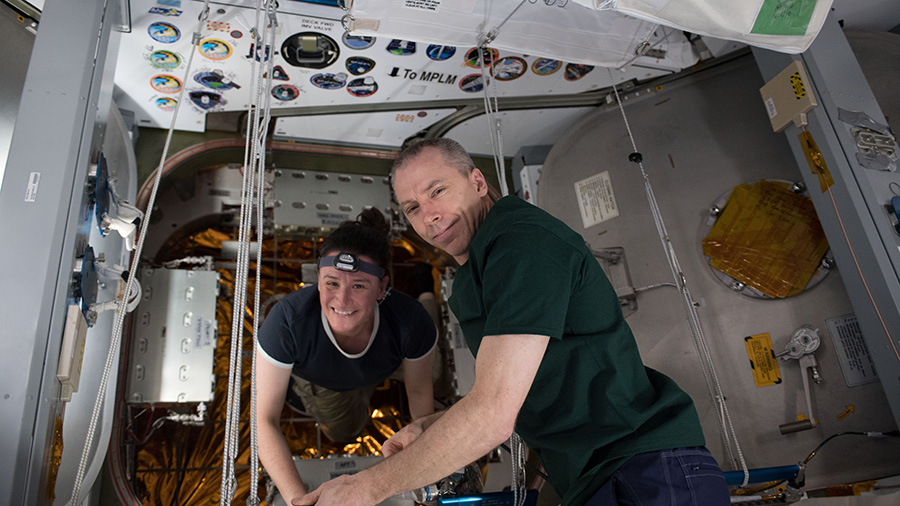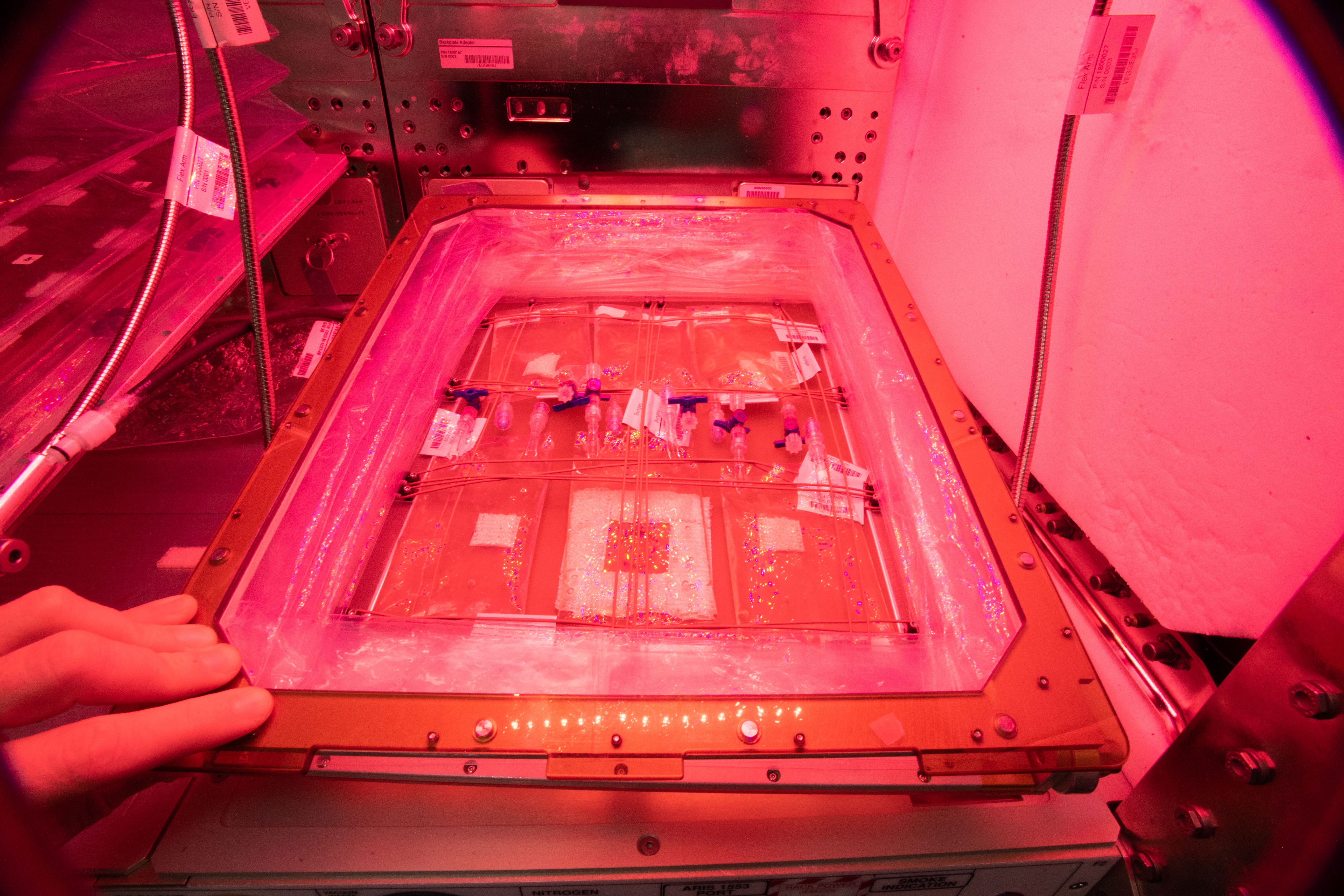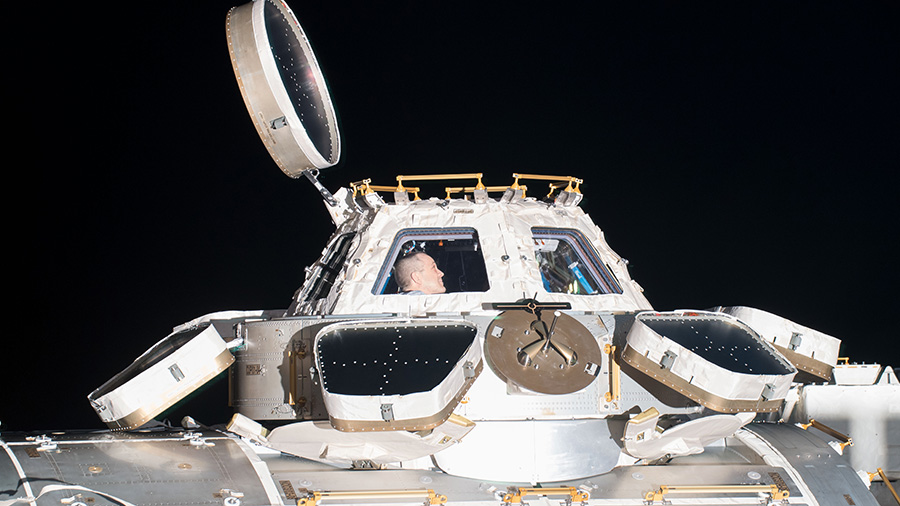Today’s Research Explores How Space Impacts Life and Physics

The six orbital residents living aboard the International Space Station worked on a broad array of advanced space experiments and research gear today. Today’s life science research included exploring fertility, extracting DNA from microbes and studying how the heart adapts to living in space. The crew also researched space physics observing magnetic fields, exploring the micro-properties of cement and detecting neutron radiation.
The Micro-11 experiment seeks to determine if human reproduction is possible in outer space. The study utilizes a microscope and the Microgravity Science Glovebox and observes sperm samples to determine the viability of fertility beyond Earth. DNA is being extracted from microbe samples swabbed off surfaces inside the space station. The DNA will be sequenced on Earth to help scientists understand how life adapts to microgravity. An ongoing Russian study is researching how a crew member’s heart and circulatory system adjusts to a long-term space mission.
A European astrophysics investigation is looking at how Earth’s magnetic field interacts with conductors. The study may provide insights for electrical engineers them design better space systems. Cement research is important in space and the crew has been exploring its microstructure possibly impacting the construction of future space habitats. Finally, radiation detectors have been deployed inside the orbital lab for a Canadian experiment to understand how neutrons affect astronauts.
Get The Details…
Mark Garcia
ISS
Powered by WPeMatico







